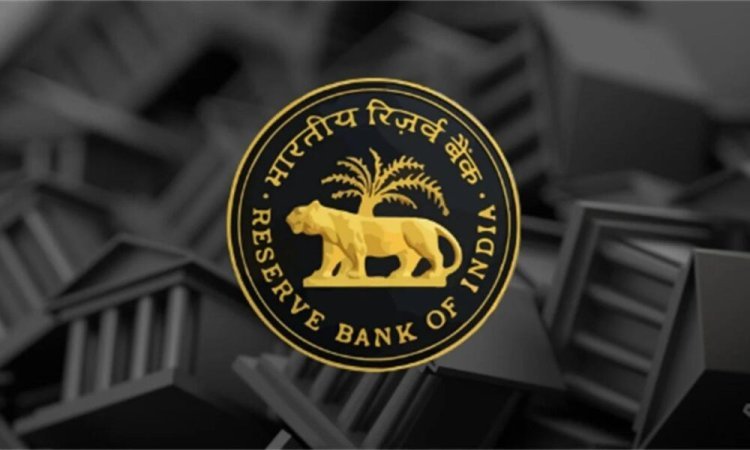RBI’s Intervention Shields Rupee Amid US Election Uncertainty
RBI intervention steadied the Indian rupee in October, helping it resist the volatility seen among Asian currencies due to US election uncertainty. As foreign investors withdraw from Indian equities, the RBI continues to supply dollars, maintaining rupee stability amid global market turmoil.

RBI’s Intervention Shields Rupee Amid US Election Uncertainty
The Indian rupee remained stable at 84.0825 against the US dollar on Thursday, showing minimal changes in a month marked by volatility across Asian currencies due to heightened uncertainty surrounding the upcoming US presidential election. The Reserve Bank of India’s (RBI) active intervention has played a crucial role in stabilizing the rupee, even as other regional currencies came under pressure.
While the rupee held steady, other Asian currencies faced significant fluctuations, with betting markets increasingly factoring in a potential victory for Donald Trump in the November 5 election. Trump’s proposed policies include a 10% import tariff on all foreign goods and a 60% tariff on imports from China, which could heavily impact Asian economies. This month, the offshore Chinese yuan dropped to a two-and-a-half-month low and fell by 1.5%, while other regional currencies declined between 3% and 5%.
To counteract the impact of foreign outflows and dampen volatility, the RBI has been actively selling US dollars over the past two weeks, preventing the rupee from sliding further. According to market data, the rupee’s one-month volatility is now below 1%, a sharp contrast to the broader region’s currency fluctuations. This stability comes despite a record outflow of foreign investment from Indian equities; foreign investors withdrew nearly $11 billion in October, reversing the $7 billion inflow recorded in September.
Anil Bhansali, head of treasury at Finrex Treasury Advisors, attributes the rupee’s resilience to the RBI’s continuous supply of dollars to fund these outflows. Bhansali advises exporters to adopt a "wait and watch" approach following the rupee’s dip past the 84 level, while importers are recommended to hedge strategically when the dollar/rupee pair declines.
Click Here to Visit
What's Your Reaction?
















